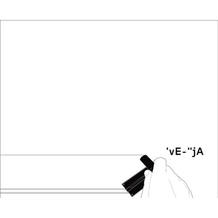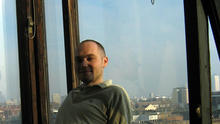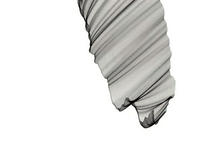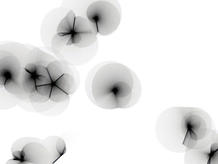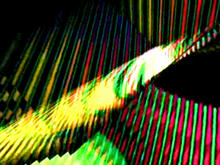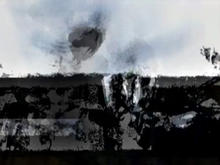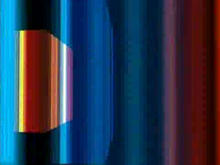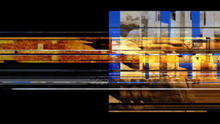You Are the Sony of My Life
(2007)by David Muth is an amalgam of concise visual language tightly fused with the whimsical, flickering soundtrack by GCTTCATT.
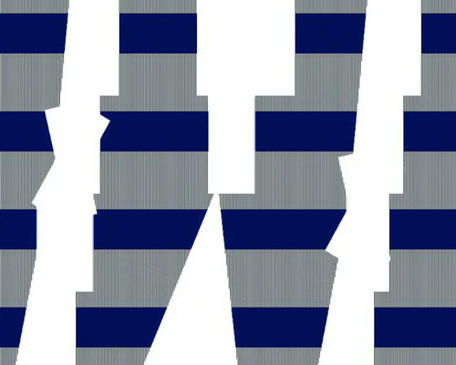
You Are The Sony Of My Life (2007) by David Muth is an amalgam of concise visual language tightly fused with the whimsical, flickering soundtrack by GCTTCATT.
The piece starts with an image of a white plane, which subsequently becomes perforated with bursts of oblique linear elements. As the soundtrack moves on, these acoustically driven perforations merge into larger geometric shapes. A fine grid of interwoven horizontal and vertical stripes becomes revealed progressively over time. In David Muth's piece it seems to be the soundtrack that sculpts the image - by adding and removing visual material, filling certain image regions or dissecting the visual plane. In return, the film acts as a visual amplifier for the audio. You Are the Sony of My Life is an 'Absolute Film' in more than one sense: it is not only entirely abstract, but also rejects the illusionist principles of animation. There is no hint of a visual space populated by animated shapes. Constrained by the regime of the scanline, the visual organization of the piece remains entirely rhythmic.
(Dietmar Offenhuber)
Source: David Muth's website


